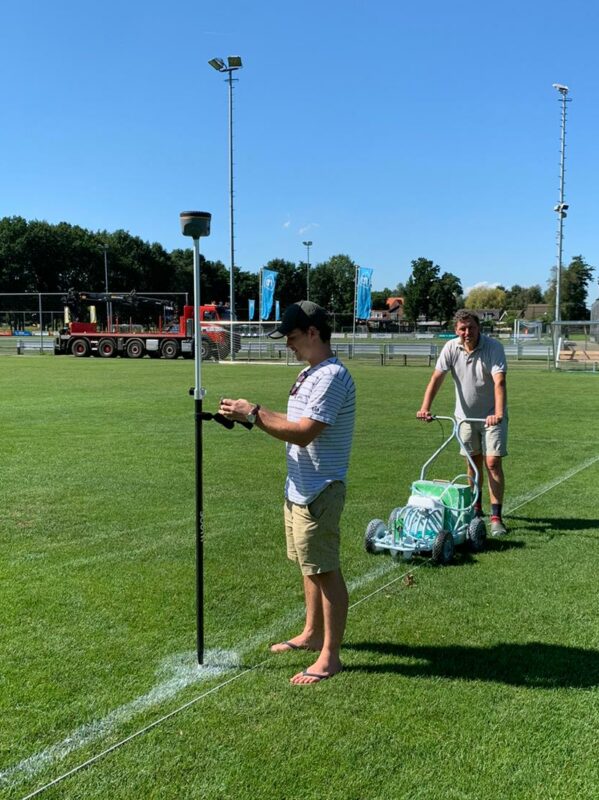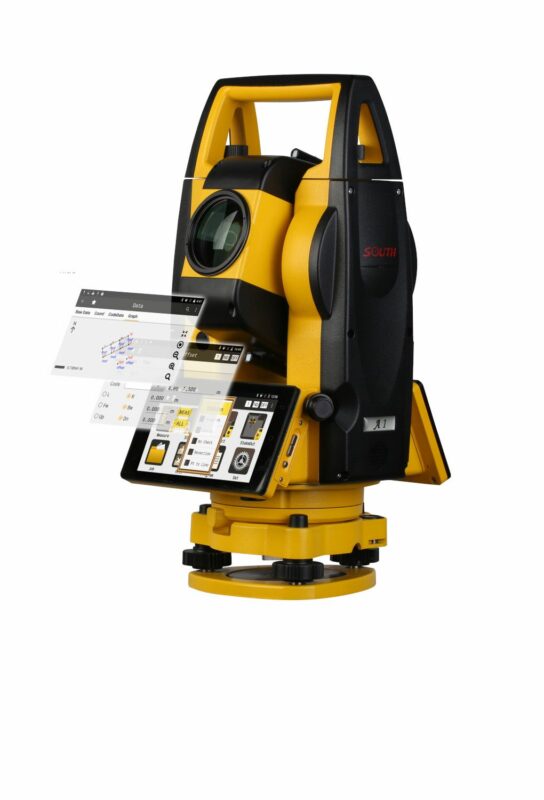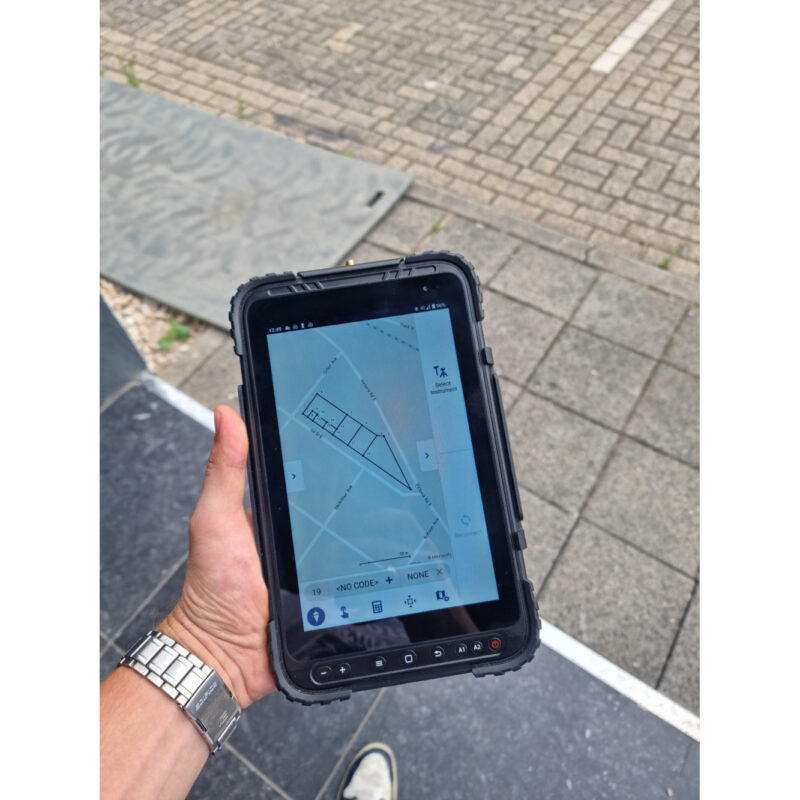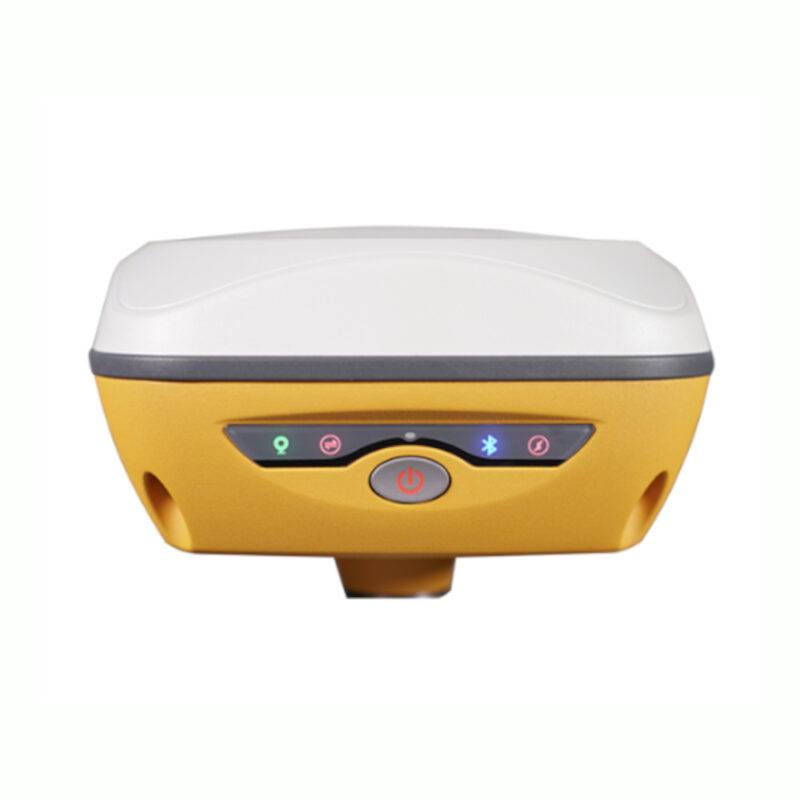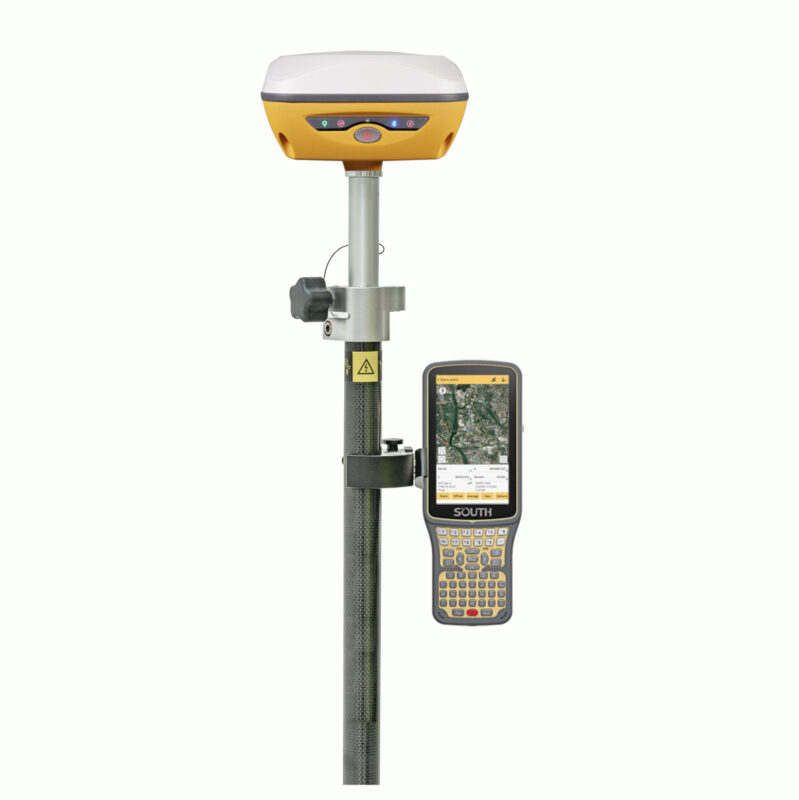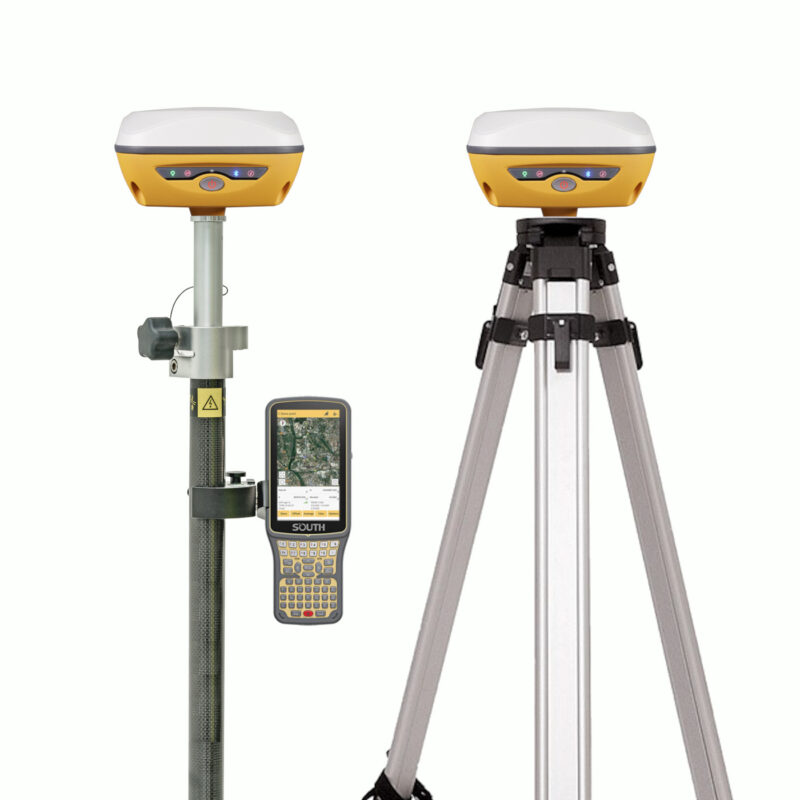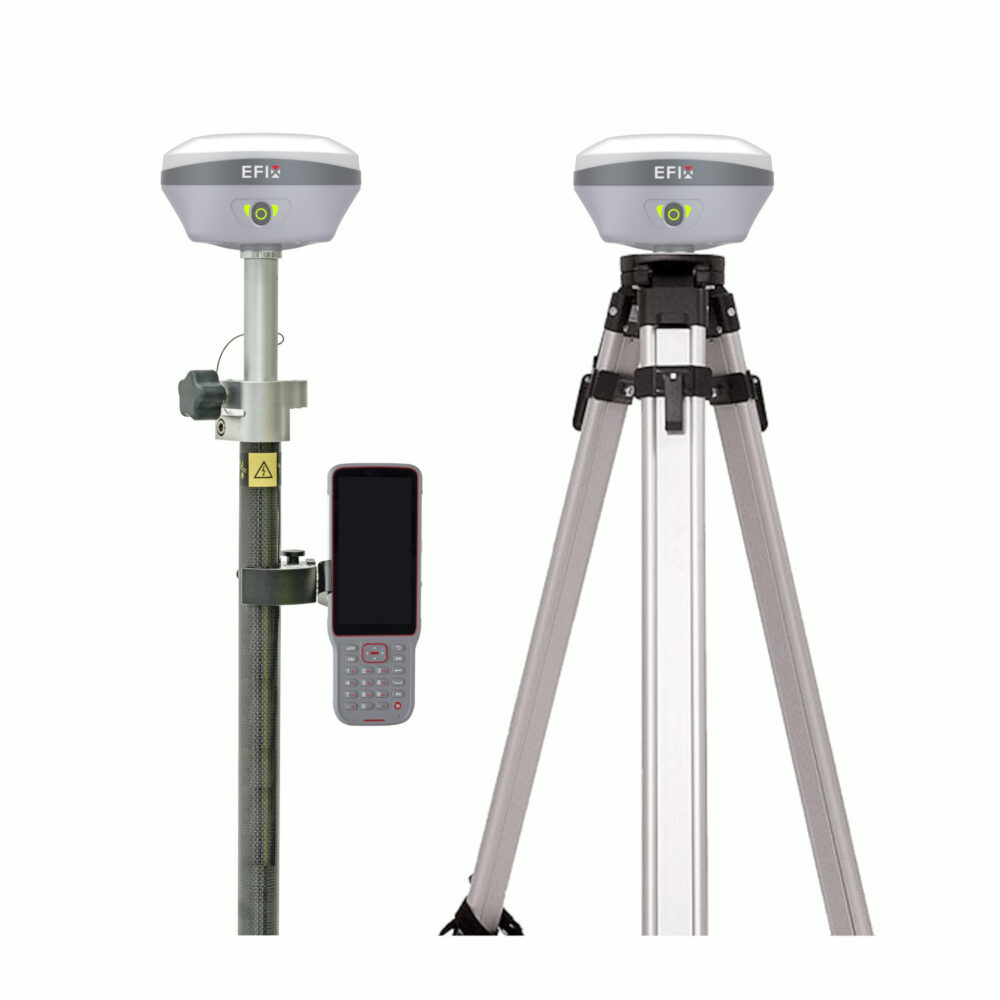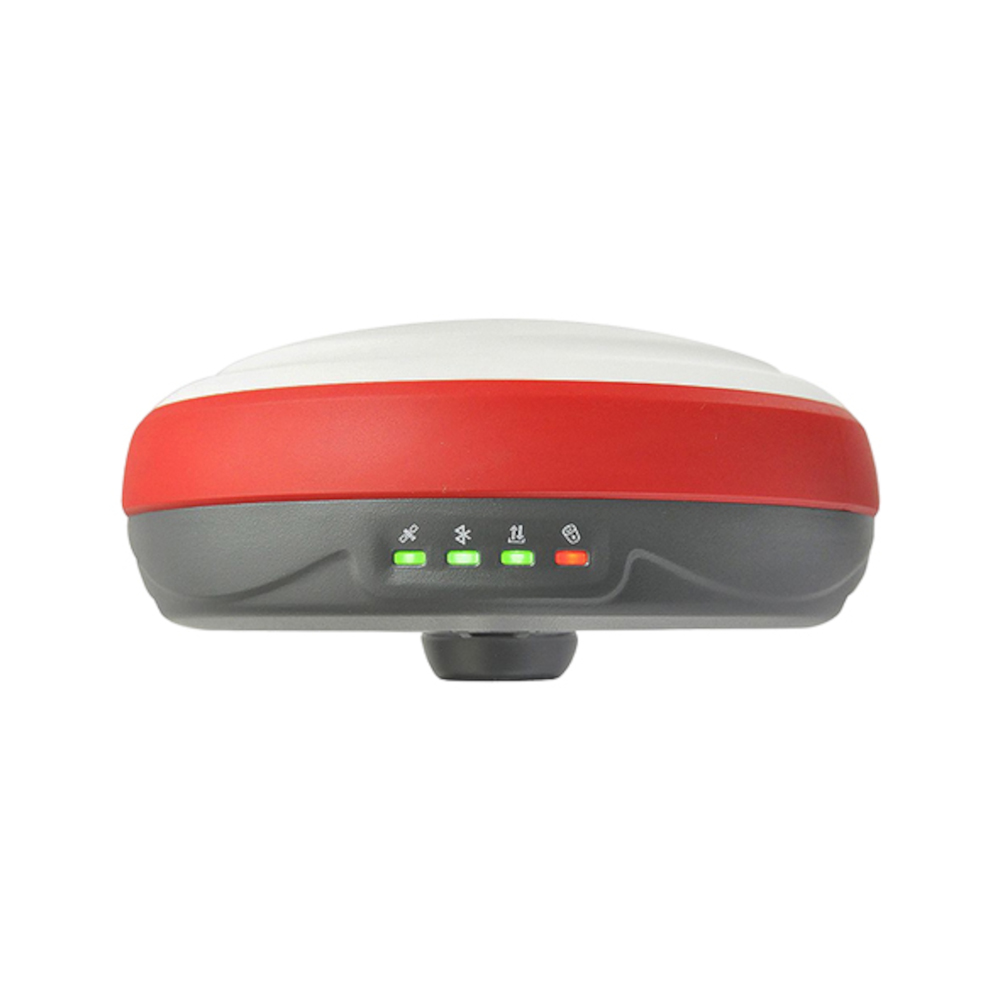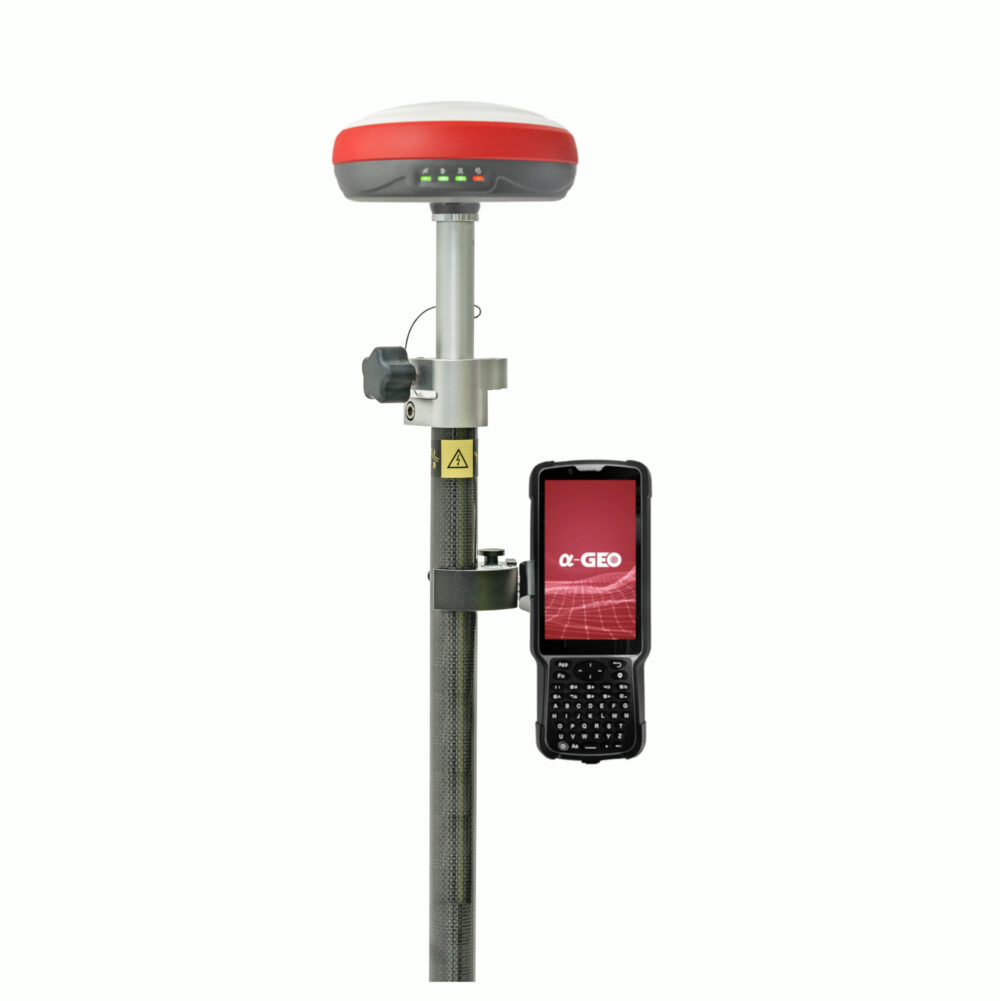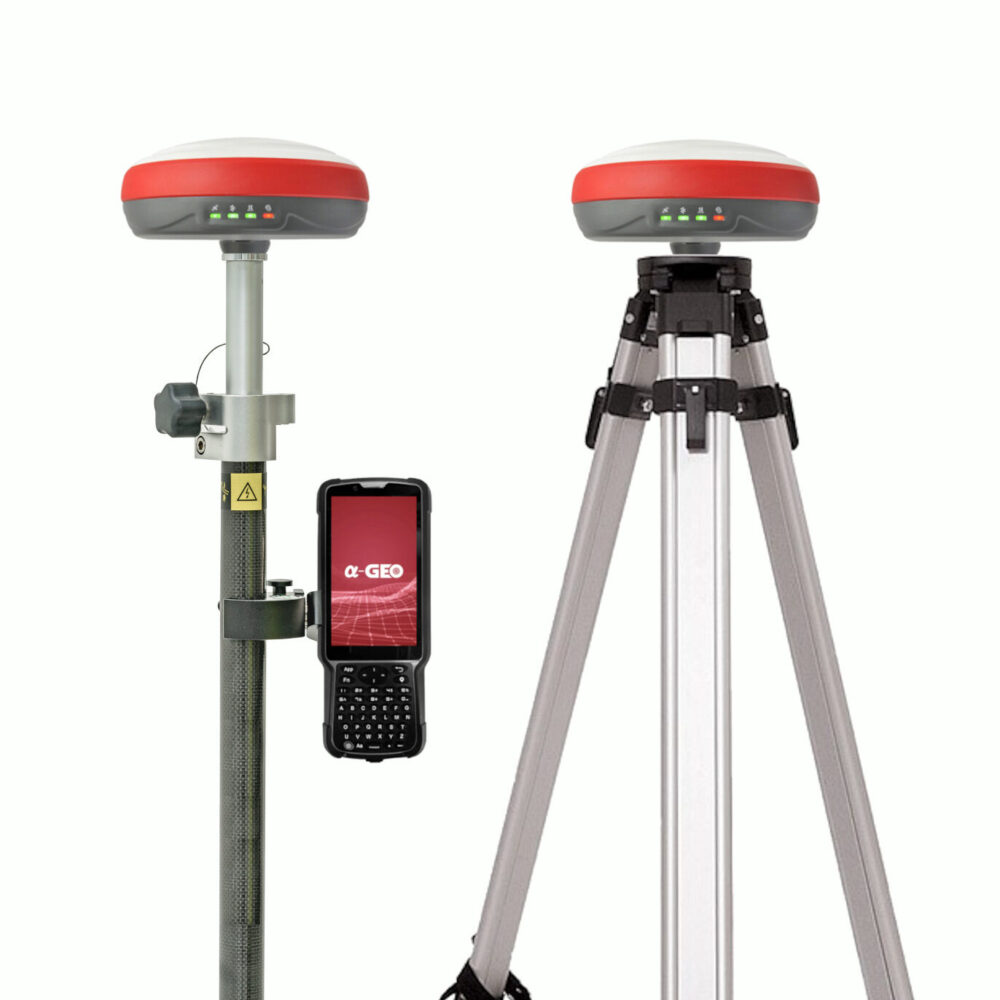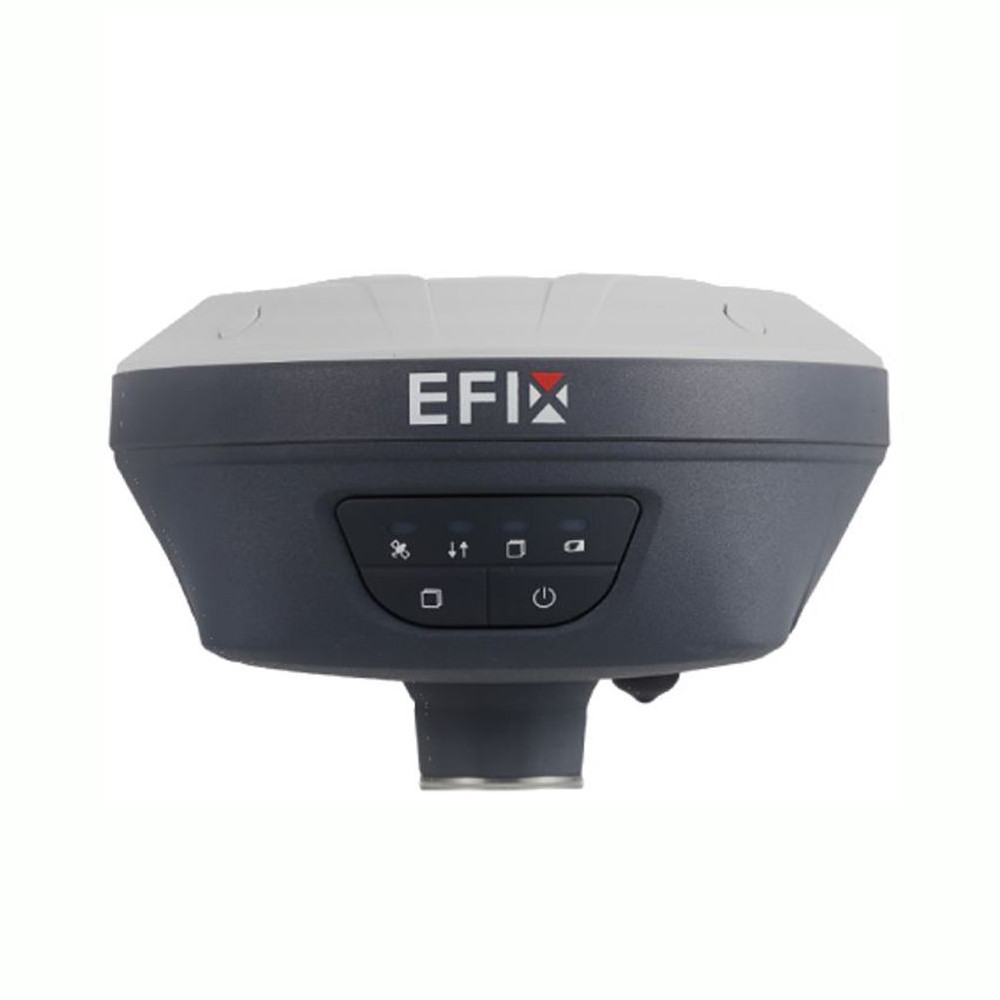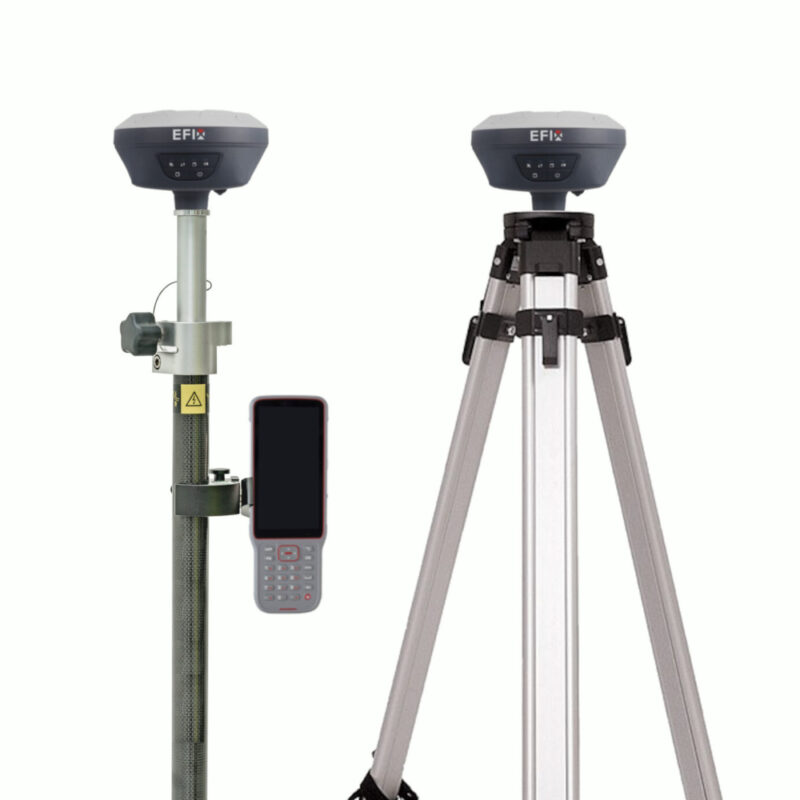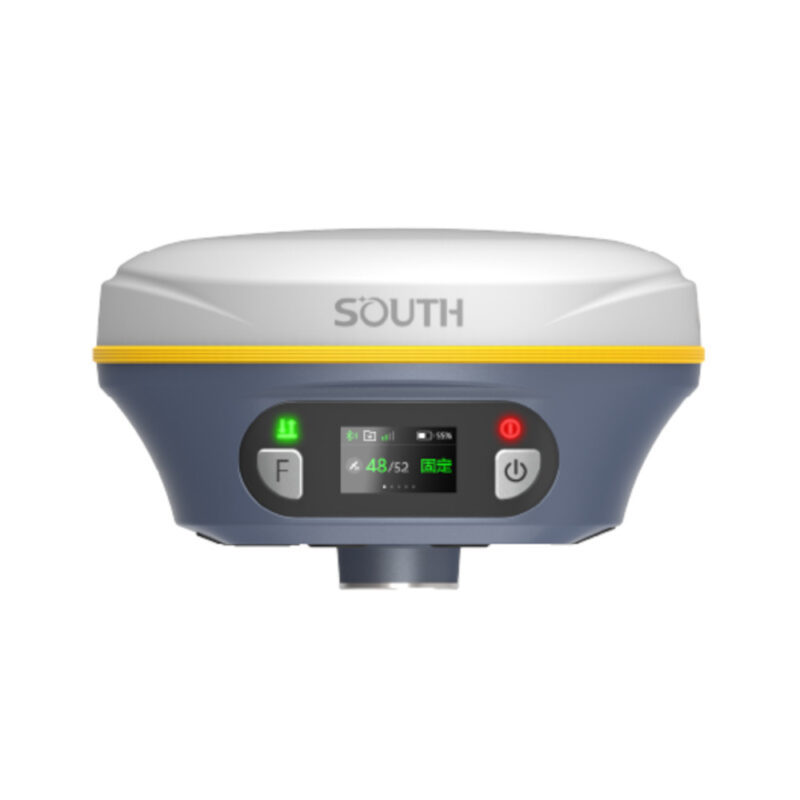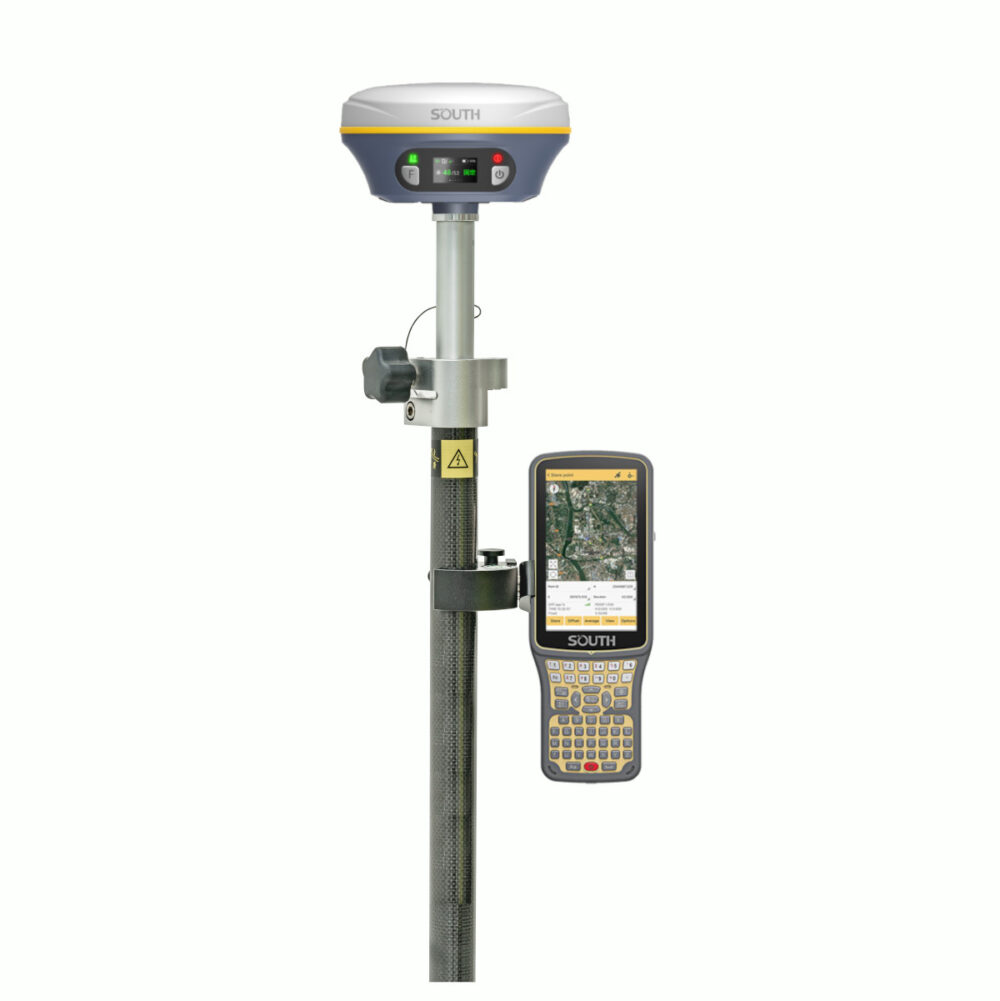GNSS
Top 5 RTK GNSS Receivers for Forestry
Finding a good GPS antenna for your forestry projects can be difficult and time consuming. With more and more brands entering the market won’t make it any easier.
Normally you would have gone to your local dealer and he would tell you he has the best receiver for you, but is this really true? Most local dealers only have 1 to 2 brands and probably just offer you what they want to sell you, not which receiver is best and most cost-effective for you.
For forestry surveying you want a good performing RTK GNSS receiver because you can deal with a lot of interference of all the trees in a forest. That doesn’t mean that you need a €10.000 GPS receiver anymore. Nowadays you can get a good perfoming GNSS receiver for half of that money or less. Ofcourse the lower you go in price the performance will get lower to but in most cases you don’t need the strongest and best performing GNSS antenna their is.

Performance and price are 2 of the key ingredients of finding a good GPS receiver. Of course there are more components that play a role which we take in consideration as well.
Here is our review process in detail:
- Performance
- Price
- Connectivity
- Compatibility
- Features
Top 5 Best RTK GNSS Receivers for Forestry in 2025
Below is a list of the top 5 best RTK GNSS receivers for the forestry business that we think are cost effective and work well in the environments common in the forestry industry.
Please note: As you probably know, a GPS surveying set is not complete without a good surveying software solution. Where the GNSS antenna determines the location its the software that allows you to determine what to do with this location. Wether this is uploading your DTM (digital terrain model) for staking out, or for point collection. In this review we focus on the GNSS antenna only because this is responsible for the performance. Please read the article below for a good software solution:
1. South Galaxy G4 – Best Overall
South Galaxy G4 Pros
✅ 1698 Channels
✅ Fast FIX (CM accurate in 5 sec)
✅ 15 hours working time with 6800mAh battery
✅ Connect via IP, Bluetooth, Cable
✅ 4G Internet modem
✅ 60° IMU tilt sensor
✅ Robust aluminum housing
For forestry we recommend the South Galaxy G4 RTK GNSS receiver. Its price compared to its performance is unmatched in the forestry surveying business. With the 60° IMU tilt sensor you can measure hard to reach points way more easily and if the trees interfere to much with the satellite signals a little tilt can make sure you still get that accurate fixed solution.
The South Galaxy G4 RTK GPS receiver is a multi-constellation GNSS receiver with 1698 channels. With its highly intergrated and layered design the South Galaxy G4 GNNS receiver is smaller than most GPS receivers. It’s only 890g in weight and has a magnesium alloy body shell which makes it a robuust and strong GPS antenna with an IP68 rating.
The 4G internet modem in the RTK GNSS receiver makes you connect to an RTK VRS correction network with ease, even if your data collector doesn’t have an internet modem. And even if you’re not able to connect with an RTK VRS correction network you can still get centimeter accurate with a base station. Thanks to the internal UHF radio with the Farlink protocol which achieves a typical working range of 8km, you can connect two RTK GNSS receivers with eachother to make your own rover and base set.

Here are some possible South Galaxy G4 setups
South Galaxy G4 Rover set
A standard RTK GPS set for mapping your terrain, staking out or collecting points.
Check optionsSouth Galaxy G4 Rover and Base set
When you live in a remote area a second GPS receiver is needed to act as a base station for correction data.
Check options2. EFIX F8 – Dual Camera Receiver
EFIX F8 Pros
✅ 1608 Channels
✅ Fast FIX (CM accurate in 5 sec)
✅ Dual Camera for Vision Navigation and Stakeout
✅ IMU Tilt Sensor (up to 60° angle)
With the EFIX F8 GNSS receiver, high-precision 3D coordinates can be obtained from real-time video, allowing for accurate measurements of challenging scenes, including signal-obscured, hard-to-reach, and hazardous points. It supports high-speed dynamic panoramic shooting, capturing high-quality, distortion-free images, and features automated image matching with up to 85% overlap rate.
The EFIX F8 maintains excellent accuracy even when not held plumb. The receiver can be tilted up to 60 degrees and still remain centimeter-accurate. This capability makes it easier to measure difficult or dangerous points, such as spots under cars, next to trees, or on slopes. The IMU tilt sensor of the EFIX F8 allows for easy measurement of these hard-to-reach and often hazardous points. Additionally, the immersive AR Visual Stakeout vividly displays ground stakeout points in the eField software, increasing efficiency by 50%.
The EFIX F8 seamlessly integrates cutting-edge VISION, GNSS, and IMU technologies to meet the rigorous standards of professional surveyors, offering unparalleled accuracy and efficiency for a variety of surveying tasks. Equipped with dual cameras, the F8 features an advanced vision system that enables surveyors to easily overcome obstacles and navigate challenging terrains, including hard-to-reach, difficult-to-fix, and hazardous points. Its real-time visual feedback capabilities allow for precise stakeout procedures without the need for complex offset methods, significantly enhancing efficiency and precision.

Here are some possible EFIX F8 setups
EFIX F8 Rover set
A standard RTK GPS set for mapping your terrain, staking out or collecting points.
Check optionsEFIX F8 Rover and Base set
When you live in a remote area a second GPS receiver is needed to act as a base station for correction data.
Check options3. a-GEO L300 – Good Performance
a-GEO L300 Pros
✅ 1408 Channels
✅ 4G internet
✅ Fast FIX (CM accurate in 5 sec)
✅ Connect via IP, Bluetooth, Cable
✅ E-bubble and IMU tilt sensor (up to 60° angle)
The L300 GNSS receiver, featuring a next-generation 1408-channel full GNSS chipset, supports multiple satellite constellations including GPS, GLONASS, BEIDOU, GALILEO, QZSS, SBAS, and IRNSS. This multi-constellation capability ensures precise and accurate spatial data for users worldwide. Additionally, the L300 functions as a WiFi hotspot, enabling users to easily access and manage its status, configure settings, or download static and PPK raw data through an advanced WebUI on any WiFi-enabled device, eliminating the need for third-party software or cables.
Equipped with a state-of-the-art IMU tilt sensor, the L300 offers fast initialization and calibration-free operation, immune to magnetic interference. This enables users to collect or stakeout topo points at angles up to 60°. Furthermore, the L300 features a built-in 4G module for fast internet connectivity, ensuring efficient reception of correction data across all telecommunication signals and bands. The integrated Tx/Rx internal UHF radio, with a frequency range of 410 MHz to 470 MHz, provides reliable real-time data collection in Base/Rover mode.
Designed for durability and long field use, the L300 boasts a high-quality magnesium alloy body, offering a lightweight yet rugged option for professional surveyors. With an IP67 rating, it withstands harsh conditions without compromising quality. The internal 6800mAh lithium-ion battery supports USB type-C fast charging, providing over nine hours of operation. The L300 supports various working modes, including Static, Network RTK, UHF RTK, and PPK, making it a versatile tool for diverse surveying projects.
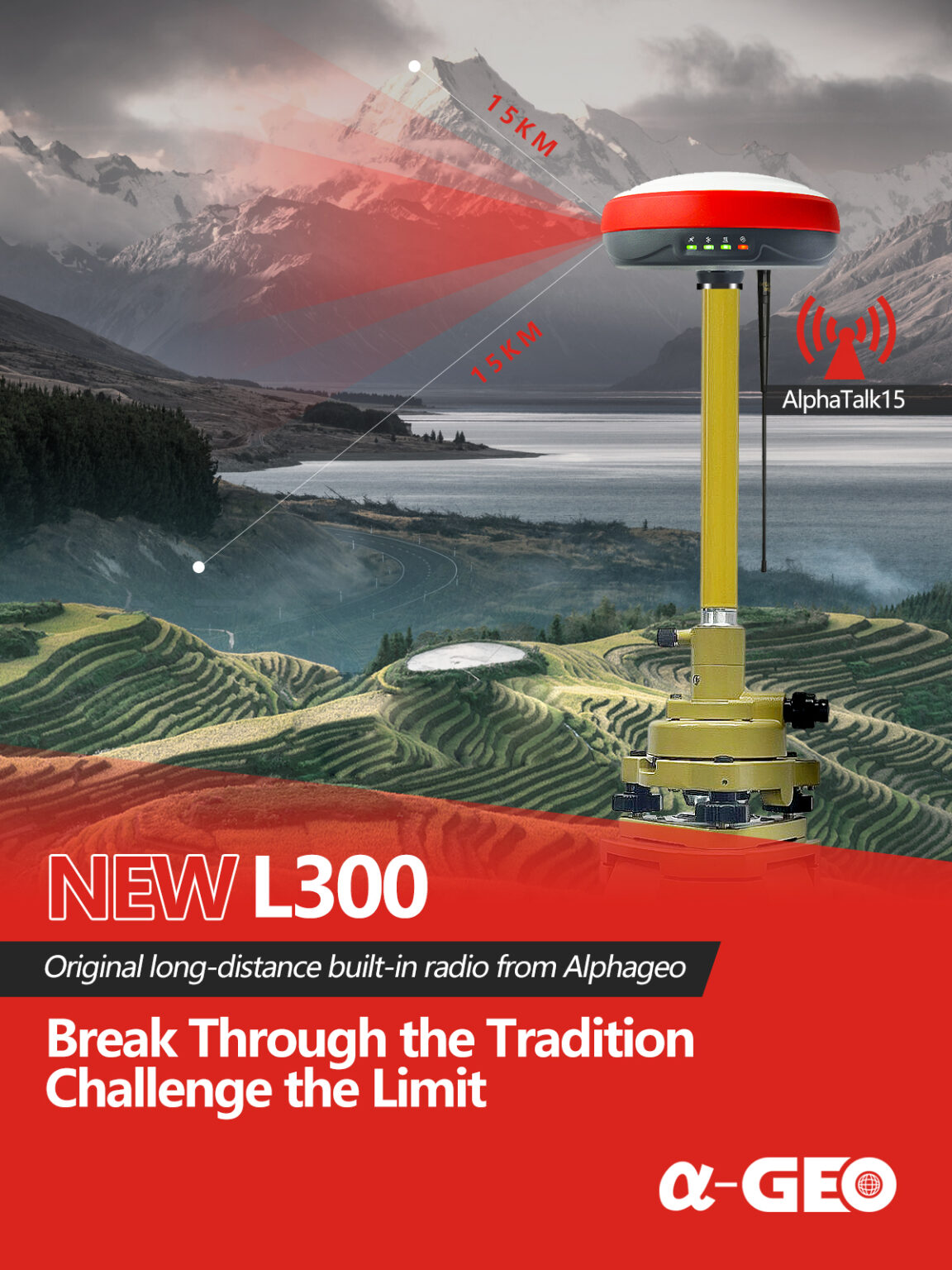
Here are some possible a-GEO L300 setups
a-GEO L300 Rover set
A standard RTK GPS set for mapping your terrain, staking out or collecting points.
check optionsa-GEO L300 Rover and Base set
When you live in a remote area a second GPS receiver is needed to act as a base station for correction data.
Check options4. EFIX F7 – Easy-To-Use Software
EFIX F7 Pros
✅ 1608 Channels
✅ Fast FIX (CM accurate in 5 sec)
✅ Connect via IP, Bluetooth, Cable
✅ IMU tilt sensor up to 60°
✅ Smart battery management
✅ 15 hours of continuous operation
The EFIX F7 RTK GNSS receiver is an excellent choice for forestry surveying at a very competitive price. It features 1608 channels and an IMU tilt sensor that can tilt up to 60°, providing exceptional accuracy in challenging environments. While it lacks an internet modem, this is often not an issue since most data collectors come with their own internet modems.
Optimized power consumption allows the EFIX F7 to operate for 12 hours in RTK mode and 15 hours in static mode. It also supports charging from a mobile power bank, enabling recharging anytime and anywhere, which is especially useful in remote forestry locations.
With an IP67 rating, the EFIX F7 is waterproof, dustproof, and protected from temporary immersion to a depth of 1 meter. Its magnesium alloy housing makes it both lightweight and durable, weighing only 770 grams. LED lights on the front of the receiver provide clear power and communication status, ensuring ease of use in the field.

Here are some possible EFIX F7 setups
EFIX F7 Rover set
A standard RTK GPS set for mapping your terrain, staking out or collecting points.
Check optionsEFIX F7 Rover and Base set
When you live in a remote area a second GPS receiver is needed to act as a base station for correction data.
Check options5. South Insight V3 – Dual Camera Receiver
South Insight V3 Pros
✅ 1698 Channels
✅ 4G Modem
✅ Dual Camera for Vision Navigation and Stakeout
✅ E-bubble and IMU tilt sensor (up to 60° angle)
Introducing the South INSIGHT V3 GNSS receiver, a state-of-the-art GNSS receiver designed to boost productivity and performance, especially in forestry surveying. With 1698 channels, it excels at tracking satellites and weak signals, ensuring rapid fixed solutions even in dense forests and urban areas. Its Dual Camera AR Stakeout feature allows seamless point, line, and curve stakeouts using front and bottom cameras. The dual-engine GNSS positioning algorithms provide real-time error correction, while the enhanced Farlink 2.0 radio ensures stable data transmission over distances up to 12 km. The latest IMU update maintains workflow efficiency during AR stakeout and 3D modeling.
The INSIGHT V3 processes photos or videos in real-time, obtaining coordinates for hundreds of points within minutes, surpassing traditional RTK in data acquisition speed. Its broad working range and reduced blind spots enable remote measurements in areas with poor GNSS signal quality, such as under rooftops and around obstacles. Visual positioning capabilities allow surveyors to measure points remotely up to 10 meters or more, reducing physical effort. Collected image data is stored for extended periods, making it reusable for tasks like documenting accident scenes and excavation sites.
The versatility of the INSIGHT V3 is further enhanced by SOUTH’s 3D modeling technology, which integrates image measurements with UAV data from DJI and other brands to fill gaps in UAV surveys. This improves survey outcomes by supplementing incomplete models with ground image data. Surveyors can incorporate INSIGHT V3 data into SOUTH software and third-party modeling software for efficient 3D modeling. Upcoming versions of SGO (PC) and SurvStar (Android App) will include 3D modeling functions, allowing users to choose the best software for their specific scenarios and tasks, broadening their working capabilities.

Here are some possible South Insight V3 setups
South Insight V3 Rover set
A standard RTK GPS set for mapping your terrain, staking out or collecting points.
check optionsSouth Insight V3 Rover and Base set
When you live in a remote area a second GPS receiver is needed to act as a base station for correction data.
Check optionsThings to consider when choosing an RTK GPS receiver for Forestry
1. Besides The GPS Antenna You Will Need Surveying Software As Well
With just a GNSS receiver you are not going to get far. Yes the GPS antenna provides you with the positioning data and the accuracy that you need but you’ll still need a place to process all of this.
This is what land surveying software is for. Within the software you can attach data to your GPS positioning data. By uploading DTM (Digital Terrain Models) into your software you can stake out these points based on the positioning data your GPS system provides.
The receivers listed above are all compatible with most of the GPS survey software packages so connecting should not be an issue. Now the questions remains, Which software package do I need? You can read the article below to find a good solution:
2. Choose a Strong GNSS Receiver
In the forestry business the environments can be very harsh, because of that it is important to have a strong and rugged GNSS receiver. That’s why we always recommend a GPS receiver with an IP67 rating or higher. If something may happen it will be strong enough to survive it. This is ofcourse for minor things, not if a truck or something like that runs over it.

